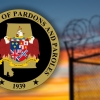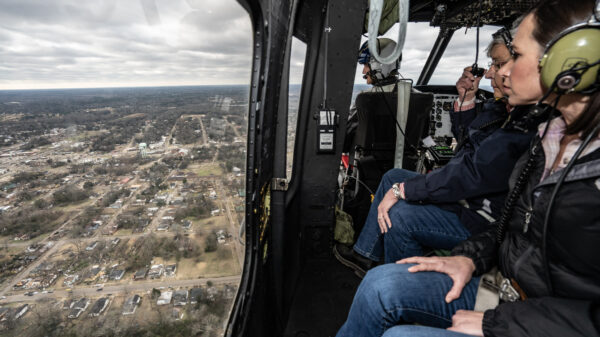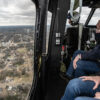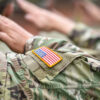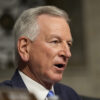Imagine the scenario: a massive earthquake strikes an impoverished island country. It is followed up by multiple aftershocks and a tsunami. Countless lives are lost and thousands more are injured. The United States and partner nations are called in to respond and help get the nation back on its feet.
In this instance, this was a scenario as part of the Rim of the Pacific exercise, also known as RIMPAC, military training exercise in the Pacific Ocean. While this time the scenario was just an exercise, it most certainly could become a reality. The question becomes would our country, as well as partner nations, be prepared to respond.
That’s where RIMPAC comes into play. As the world’s largest naval exercise, RIMPAC allows the United States and partner nations to train together and learn more about each nation’s capabilities. Since it was started in 1971 by the United States, Australia, and Canada, RIMPAC has allowed for critical training and relationship-building across the Pacific region.
I was fortunate enough to have the opportunity to attend RIMPAC this year to talk with our military leadership, observe some of the exercise, and interact with our servicemen and women. As Vice-Chairman of the House Seapower and Project Forces Subcommittee, the trip continued my understanding of the challenges facing our naval fleet, as well as provided a general overview of the overall capabilities of the world’s navies.
The theme for this year’s exercise was “Capable, Adaptive, Partners.” The formal objective was to “enhance the operability of the combined RIMPAC forces across the full spectrum of military operations in the maritime environment.”
Admiral John Alexander, the Commander of U.S. Third Fleet and the person in charge of the RIMPAC exercise, put it best when he said “it’s hard to say no to a friend.” That is why RIMPAC is so important.
This year, RIMPAC runs from June 27th to August 2nd. 25 nations participated this year, bringing 46 ships, five submarines, 17 national land forces, over 200 aircraft, and over 25,000 total personnel. Those numbers demonstrate just how large and impressive this exercise is.
During my trip, we had the opportunity to go aboard both a U.S. and an Australian Navy ship. That speaks to the nature of RIMPAC. It is all about partnerships and gaining a better understanding for each other. The Australians were incredibly welcoming and took great pride in showing off their ship and their ability to successfully operate with U.S. military personnel.
One of the highlights of my RIMPAC trip was being able to meet with some sailors from Mobile, Brewton, Spanish Fort, and Tuscaloosa. In the small time I spent with them, I could tell these were high quality individuals who love serving their country. I made sure to convey our deep appreciation for service and sacrifice.
You see, the U.S. Navy is always impressive, but leading 25 nations in a joint naval exercise underscores just how impressive it is. No other navy in the history of the world has ever done that, but the reasons for doing it are even more important.
We are using our hard power to achieve a soft power goal – attaching each of these countries closer to the United States and creating relationships across our militaries which not only serves us all well in times of peace, as when there is a natural disaster, but just as importantly also lowers the chance of war.
Hopefully the lessons learned at RIMPAC never have to be used, but I have greater confidence in our Navy and our partners following another successful exercise in the Pacific.










































